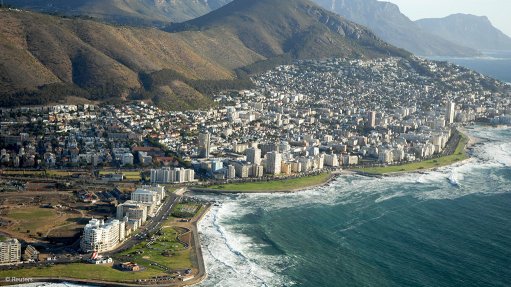
Photo by: Reuters
Do you want to live longer?
Then, moving to Cape Town may be a good idea.
The City of Cape Town has the highest life expectancy in comparison to other major cities in the country.
This is according to the State of the South African Cities Report, which is published by the South African Cities Network.
The report is published every five years to gauge development in nine of the country's biggest municipalities.
The 2021 report indicates that the life expectancy for a woman living in the City of Cape Town is 71 years old and 65.6 for men, making it the highest in the country.
The lowest life expectancy is in Mangaung, where, on average, men live until they are 54.5 and women 61.2.
The eThekwini municipality has a life expectancy of 63.6 years for women and 57.1 years for men.
In all municipalities, women live longer than men.
While people are living longer in the City of Cape Town, the rate of poverty is one of the highest in the country - with 45.9% of people living on less than R1 227 per month in 2019.
In 2020, the City of Cape Town had the lowest unemployment rate - 22.5%.
The Nelson Mandela Bay municipality had the highest unemployment, at 35.7%, a 4.1% unemployment increase from 2016.
Mangaung recorded a 32.5% unemployment rate.
The City of Johannesburg had an unemployment rate of 32.6% in 2020, a 4.1% increase from 2016.
In the same period, Ekurhuleni recorded a 32.3% unemployment rate - a 0.5% decrease from 2016.
The informal sector in Ekurhuleni contributed for 13% of all employment and a staggering 21% in the City of Joburg.
All nine municipalities showed a rise in population between 2011 and 2019. The biggest rise was in Joburg (29.4%) and Tshwane (24.9%). Municipalities in the Eastern Cape - Nelson Mandela Bay (4.8%) and Buffalo City (5.9%) - had the slowest population growth.
The only municipality that had an increase in people living in informal dwellings between 2015 and 2018 was the City of Cape Town, with a 0.9% increase.
According to the report, the increase in unemployment and poverty does not bode well for municipalities' coffers.
"The current model, where municipalities depend on the collection of rates and taxes, is increasingly unsustainable. When people cannot pay and the municipality fails to control its costs, the result is chronic financial unviability.
"Municipalities are not allowed to collect rates and taxes across the board because some communities are simply unable to pay. This means that mass service delivery is funded by big business and a specific proportion of income earners."
In South Africa, the report states, five municipalities collect 80% of collected taxes and, within those municipalities, 70% of the income comes from 35−50% - and, in some cases, a smaller percentage - of the population.
"This paying percentage is becoming smaller as the tariffs charged by municipalities for services are becoming unaffordable for many people.
"In some municipalities, local communities are contracting directly with service providers, such as Eskom (e.g. Harrismith), or taking over services (e.g. Parys and the Northern Cape, where the court ruled in favour of the local community), all of which have the potential to shift accountability and may lead to rates boycotts."